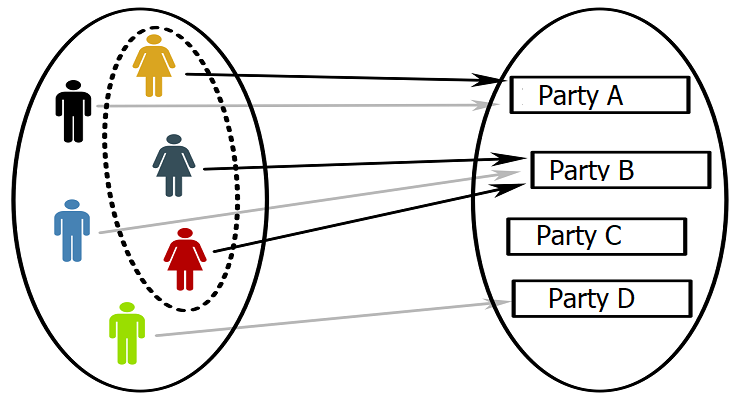 This story published in the Herald Review is by Marion Campisi, The Fulcrum:
This story published in the Herald Review is by Marion Campisi, The Fulcrum:
The systems by which we elect the president and House of Representatives are predicated in most people’s minds by the idea of “one person, one vote.” That simple idea is filtered though many political structures, however, and leaves different voters with different amounts of power. Proposals in Congress would give statehood, and full voices in the House and Senate, to both Puerto Rico and Washington, D.C. This would result in a shift in the amount of power held by the existing 50 states, members of our federal legislature and individual citizens.
In order to understand how changes like this dilute or concentrate our individual political power, it is critical to understand the mathematical concepts underlying our political systems.
The apportionment of representatives to states, the drawing of congressional district boundaries and how the preferences of voters are translated into the winner of an election are all examples of ways that math determines the influence of one person’s vote.
Read the full story here.
Leave a Reply